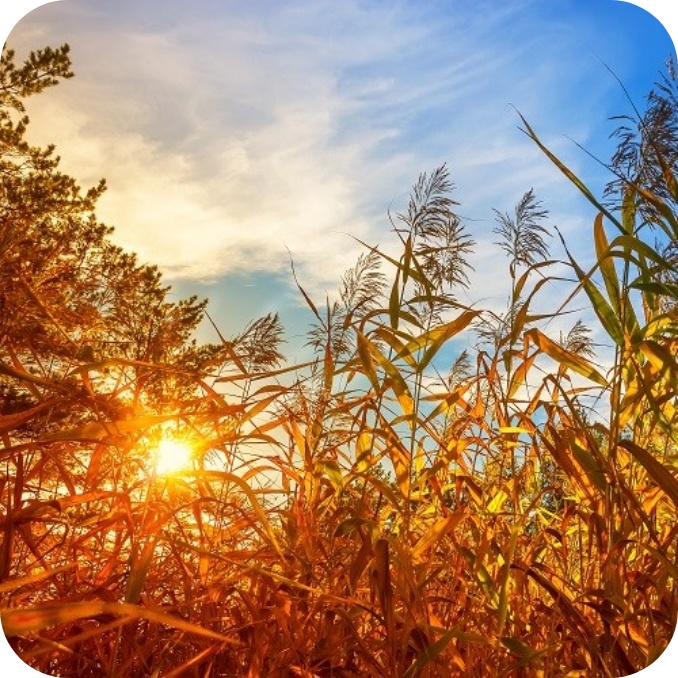
Common Reed (Phragmites australis) jumbo plugs
- Buy 50 and above at £1.30 per jumbo plug
- Buy 100 and above at £1.20 per jumbo plug
- Buy 500 and above at £0.95 per jumbo plug
These Common Reed Jumbo plug plants (110cc size) for sale are priced per individual plant. This product has a minimum quantity of 10 plug plants. For orders over 2000 plug plants please contact us.
All our plants are native British wildflowers grown in Peat-free growing media in our sustainable nursery.
We grow common reed in two sizes - Jumbo plugs which are 110cc in size and 125cc root trainers. Both sizes work well in planting schemes for wetlands, reed beds, river habitat projects and tertiary sewage treatment systems. Our Common Reed is grown from native seed collected on our site and from two local nature reserves. We grow Common Reed from seed, Rhizome cuttings and stem cuttings.
Common name: Common Reed
Latin name: Phragmites australis
Description: A tall robust perennial wet-loving native grass which is the main plant in large natural reed beds. Often found by the side of ponds, lakes, water courses and in coastal habitats in dune slacks or salt marshes. It is a very important plant for a number of wildlife species and is an important winter roosting habitat. The plant is well known for its use in thatching and basket weaving. The seeds of Common Reed are often infertile but if fertile become ripe in about November. This is why most new reed beds are planted using plug plants.
Height: Mature plants can grow up to 2-3m.
Flowering time: August to October
Colour: The grass heads are a feathery purple hue but can turn a silvery grey in winter.
Management: Common reed will take 2-3 years to become fully established. Once is starts to mature it will re-vegetate using underground Rhizomes. This is where they put up new shoots and this creates the extensive reed beds you see in many wetland nature reserves. We recommend leaving the plants to grow and established for 3-4 years before cutting. In years 3-5 after planting we recommend cutting back the old vegetation in December-January and remove the old stems/vegetation. It would also be useful to rake up old leaves to open up and aerate the reed bed. Doing this on a 2-4 year cycle will ensure the reed bed is maintained and if used as a nutrient filter will help its effectiveness.
What is the best time to plant Common Reed? Plant common reed plugs/root trainers between September to the end of November or between March and end May. If planting try and ensure the area doesn't get too flooded soon after planting. You can plant in the summer BUT they must be well watered until established.
Kindly be aware that as autumn approaches, our wildflower plants might be delivered in a state where they appear to have passed their peak. We strive to inform you about this at the time of your order. It is common for native plants to exhibit leaf blotches or have dead/brown leaves during specific times of the year; this is entirely natural. We assure you that we meticulously inspect the root condition, ensuring their robust health. Once planted, the plug plant will respond accordingly.
Please understand that owing to the perishable nature of our plug plants, the usual right to cancel does not apply.
| Dimension (L x W x H) | 50 x 45 x 85 Millimetre |
| Weight | 0 Gram |


